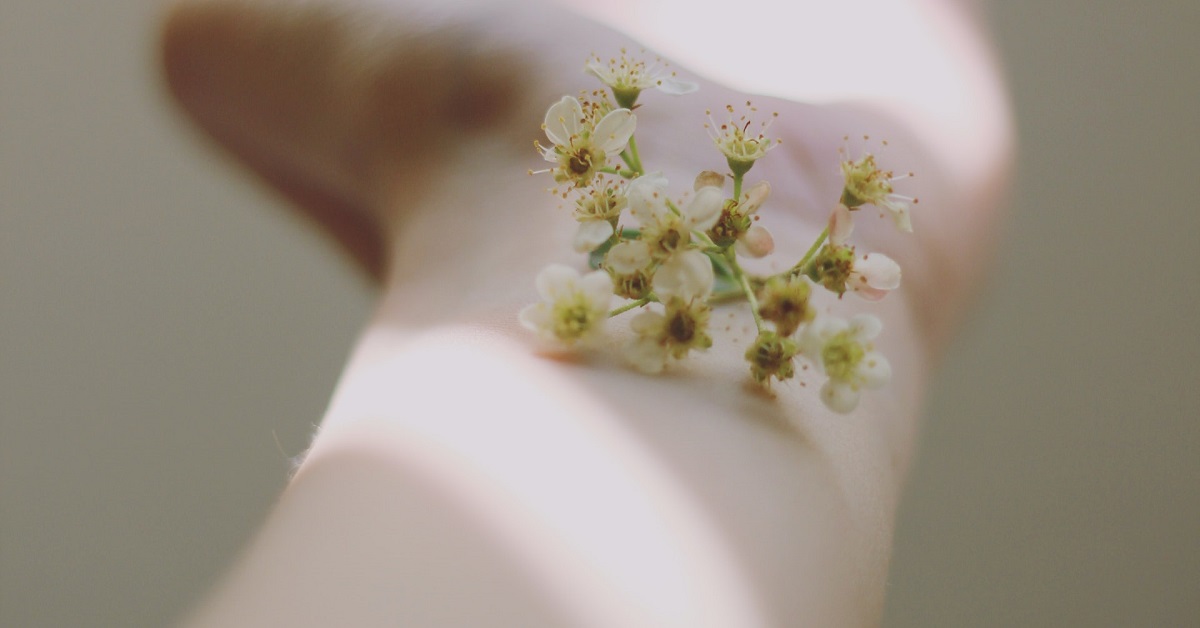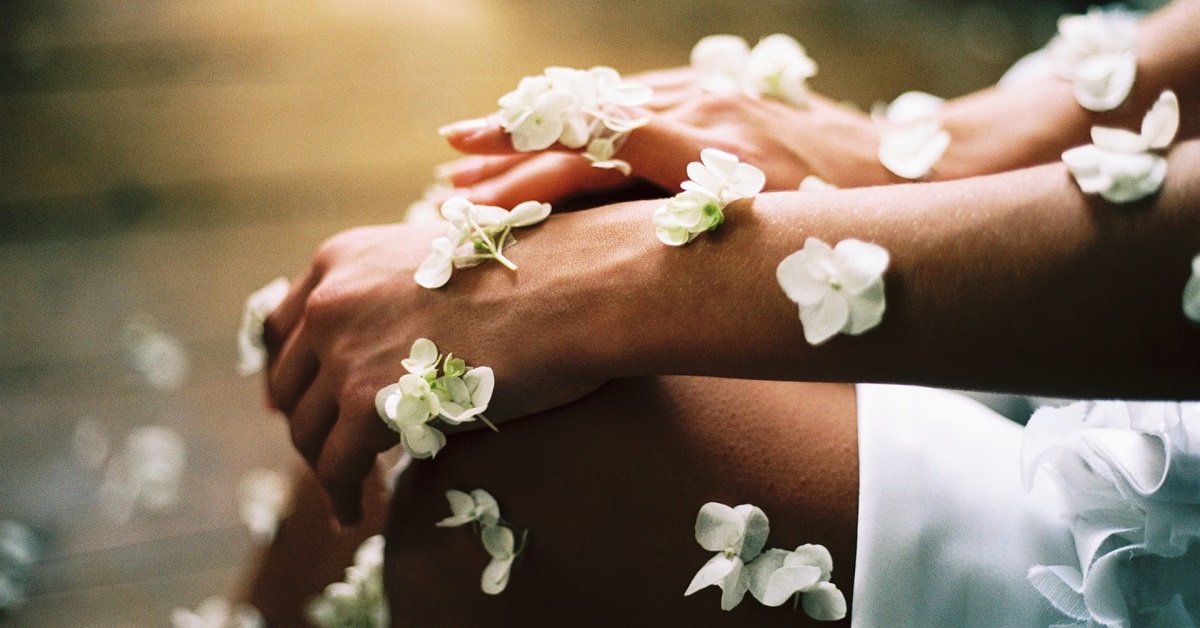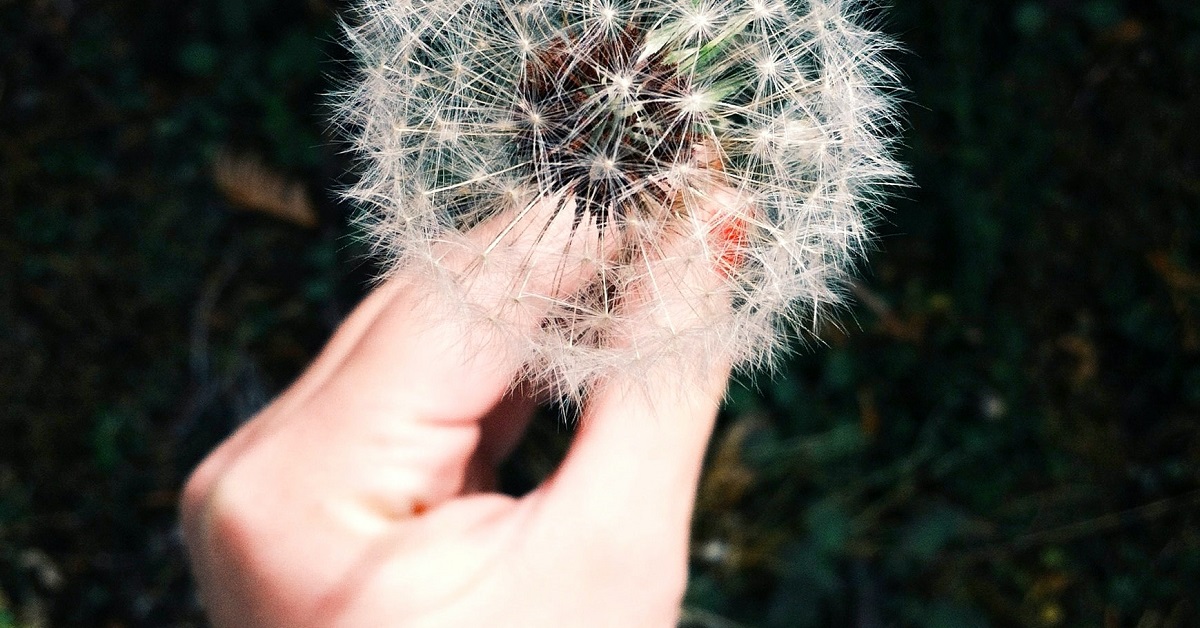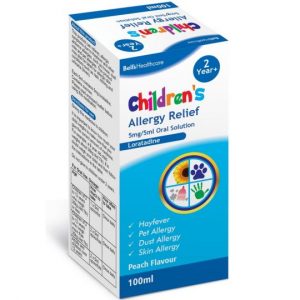Chemist.net Cookie Policy : We use cookies to enhance your user experience. To find out more please view our cookie policy
How Do You Avoid Hay Fever in Children?

When pollen comes into contact with the eyes, mouth, nose, or throat, the body produces certain antibodies that lead to hay fever, also known as allergic rhinitis. The condition is now more prevalent than ever. Keep reading to find out about children's hay fever symptoms.
Children's hay fever symptoms
There is no need for any testing because the diagnosis is frequently determined by looking at your medical history. Therefore, if the same symptoms occur at the same time of the year, it's likely to be hay fever. Children under the age of five are rarely affected by hay fever. Many of the symptoms are identical to those of a cold, despite the fact that the latter is sometimes characterised by a temperature.

Why do children develop hay fever?
When kids are exposed to pollens or home dust mites, hay fever can start as soon as 18 months of age.
Small particles can enter through the conjunctiva, the tissue that surrounds their eye, or become stuck in the hairs and mucus that line their nasal cavity.
Immunoglobulin E, or IgE, is an antibody that the body uses to battle these intruders because it perceives them as hazardous.
Histamines and leukotrienes are among the chemical mediators that are swiftly released by immune cells (like mast cells) when allergens attach to IgE antibodies. This brings about sneezing, a runny or itchy nose, and watery, itchy eyes.
The body then enlists additional immune cells, like T cells, which worsens the symptoms and increases inflammation.
Learn how to treat a pollen allergy in our previous blog post here:
How do I recognise children's hay fever symptoms?
Although hay fever symptoms might change over time, they can also be lifelong health problems. Along with watery eyes, sneezing and an itchy, runny nose, your child may also have a dry cough, be snorting or sniffing, or be clearing their throat frequently.
Although these symptoms may at first appear to be those of the common cold, their persistence over several weeks usually indicates hay fever.
Although fevers in children with hay fever are uncommon (they are more frequently associated with infections), they may be more susceptible to repeated colds.
Take your child to the pharmacist or doctor for a diagnosis if you're unsure. To check for the presence of pertinent IgE antibodies to the suspected allergens, they may, if necessary, do skin prick or blood tests.
The three primary forms of treatment—avoiding the allergen, using oral and topically applied medicines, and allergen immunotherapy—may then be addressed by your pharmacist or doctor.

What can you give a child for children's hay fever symptoms?
If your child just exhibits nasal symptoms, nasal steroid sprays are the most effective treatment for hay fever, and the majority of products are suitable for use in kids.
How to avoid allergens
As soon as you suspect or identify the allergen, you can take steps to reduce your child's exposure to the trigger of their hay fever.
Allergic minimisation techniques for children with seasonal allergic rhinitis could include:
- Avoiding the outdoors on windy days when there is a lot of pollen
- Avoiding activities that expose your child to allergens (like grass mowing)
- Immediately taking a shower after outdoor activities
- Driving a car with re-circulated air
Below is one of the best medications to help you treat hay fever in your child.
Bell's Healthcare Children's Allergy Relief

This blog post was written on behalf of Chemist.net by Pharmacy Mentor.